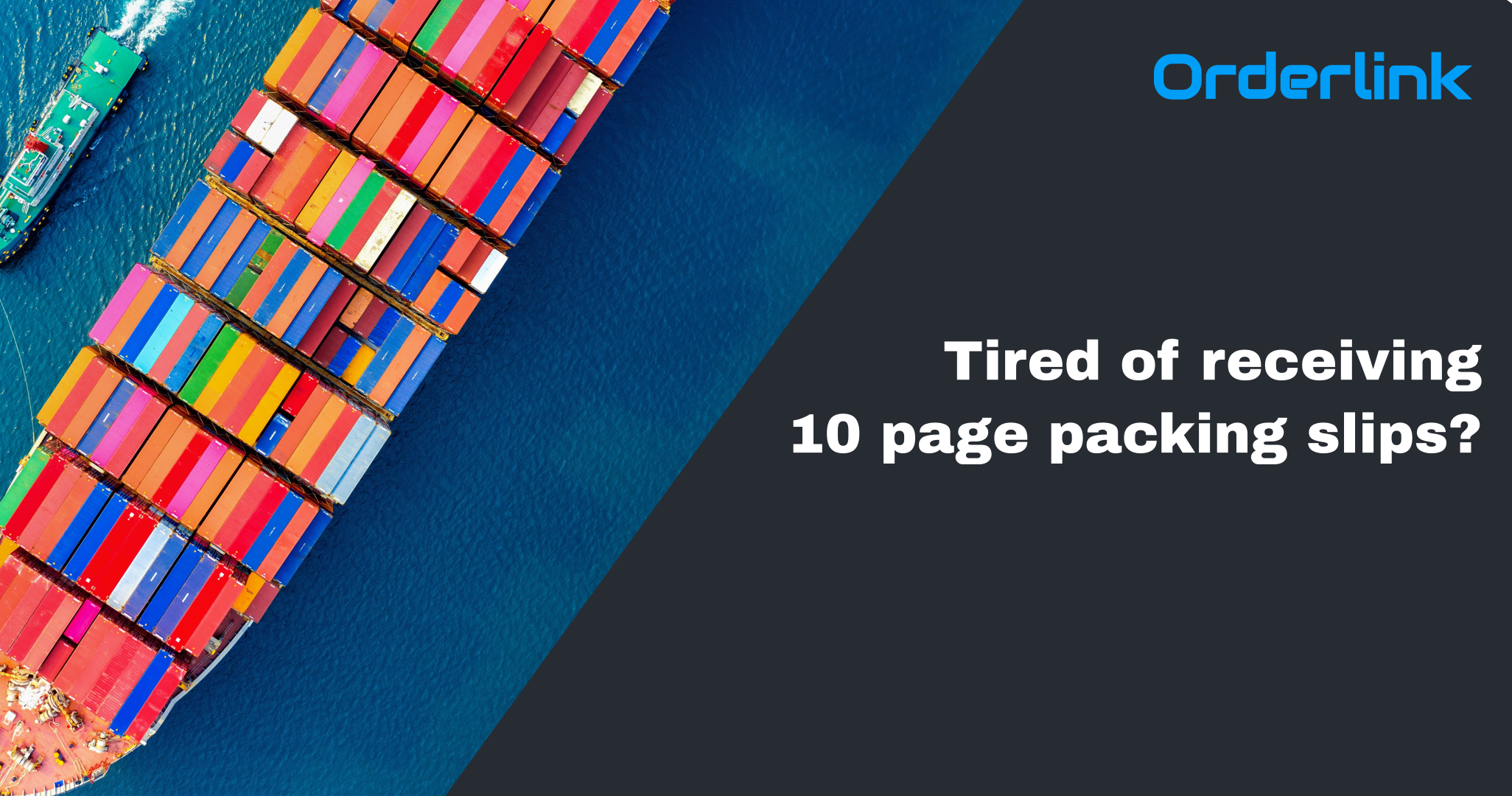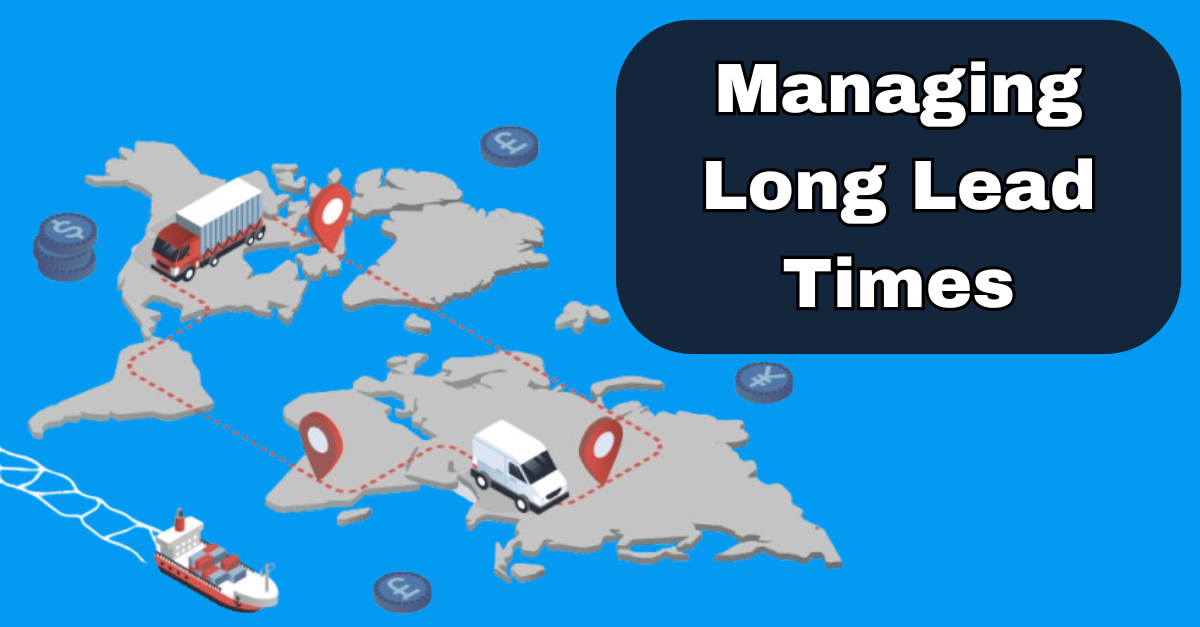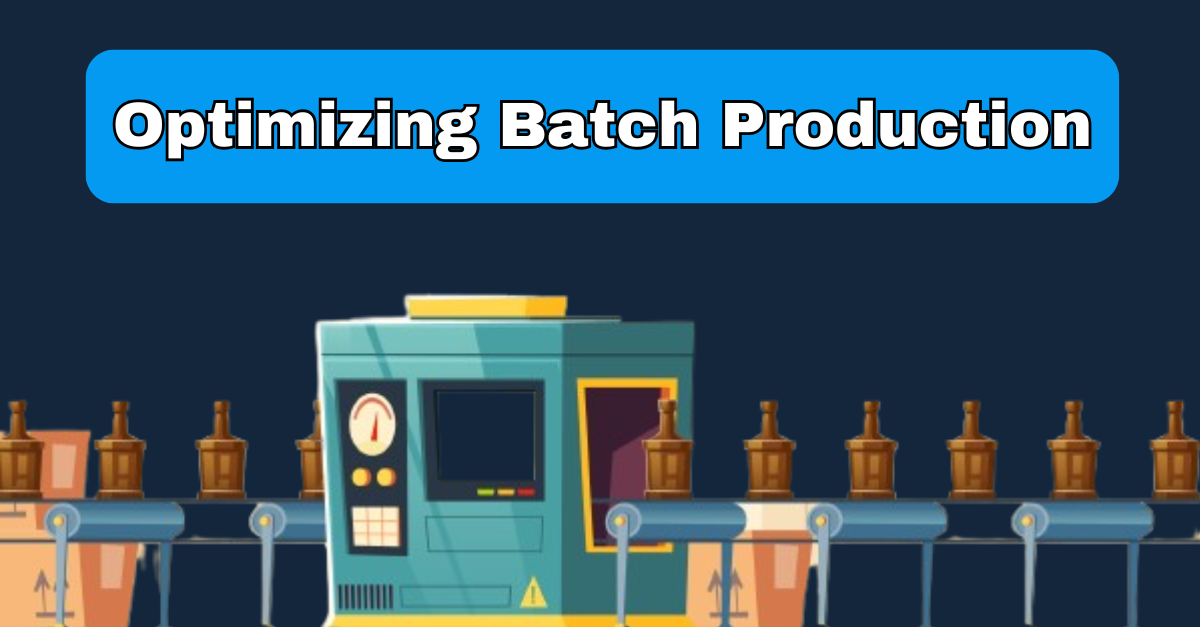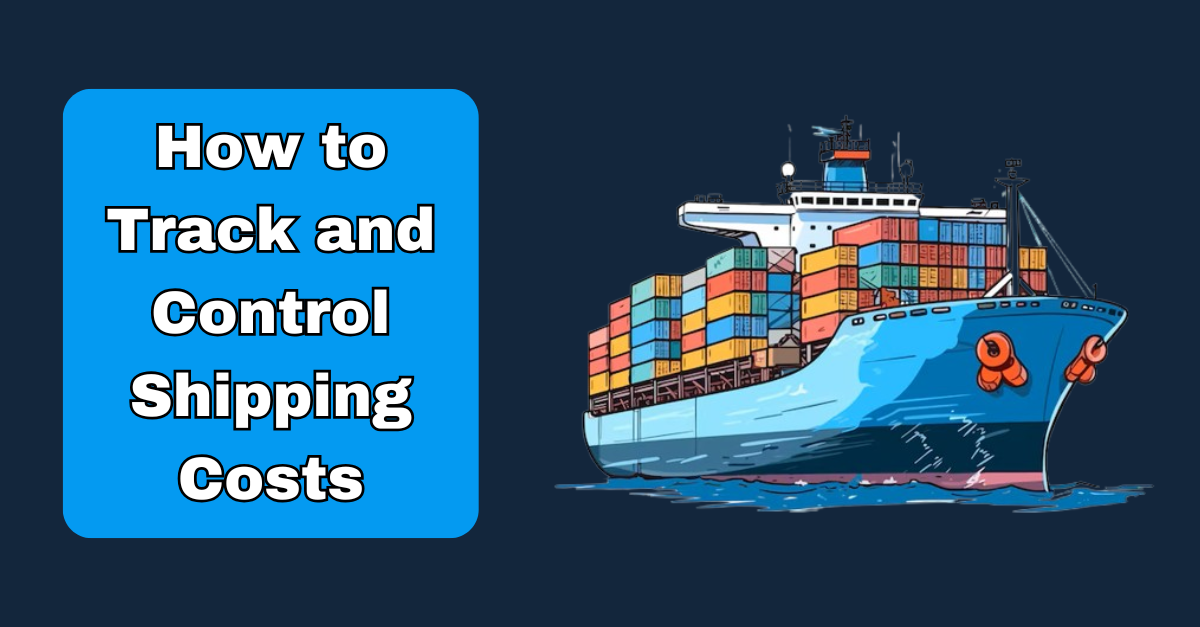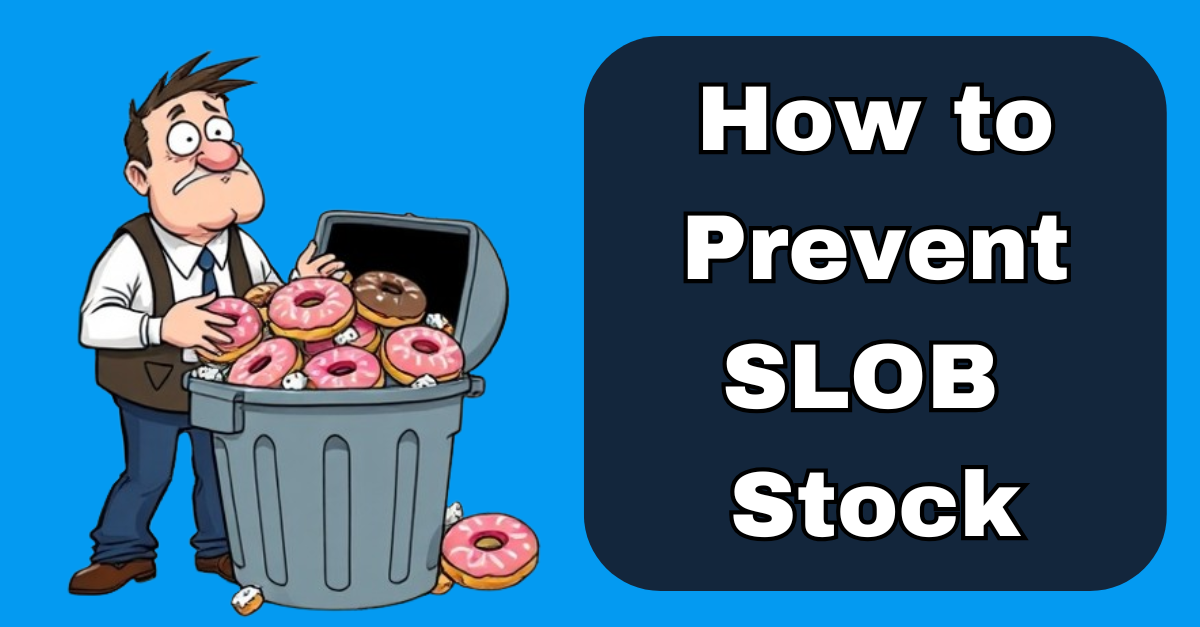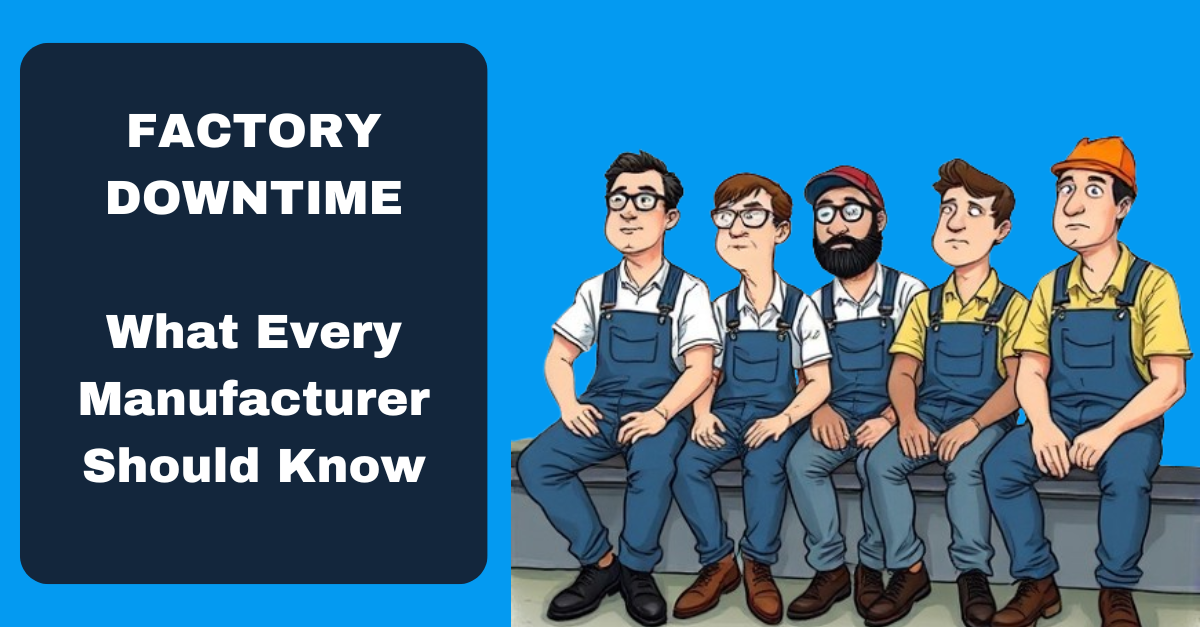Freight forwarding and global trade is one of the oldest industries in the world.
People have been buying and transporting goods across borders for centuries.
Because of this, we still experience some of the medieval terms and processes in today’s ‘modern’ freight experience.
The use of medieval jargon makes learning freight forwarding far more complicated than it needs to be.
Inco terms are a great example of this.
And even with the capabilities of technology and process automation today, you will still find many manual processes.
Processes that are so manual that an outsider to the freight industry would be shocked.
Again, these manual processes make freight forwarding much harder than it really needs to be.
If you have worked in the freight forwarding industry, I’m sure you are familiar with a document that looks something like this:
This is an example of a very simple packing slip.
Something you likely received on a courier from a local supplier.
This takes a very small amount of time to decipher and makes receipting simple.
Here’s another packing slip. Except this time, it’s not so simple:
This packing slip you have received from an international supplier.
As documentation for goods arriving in a 40ft container.
Except this is only the first of ten pages of a long list of SKUs.
Deciphering this packing slip to identify each item can be challenging, to say the least.
But you need to be able to correctly receipt inventory into your business system.
You're forced to partake in a medieval and manual process.
This process hurts your soul, because you know if there was a way to automate this process you wouldn’t have to spend multiple hours each week on a wasteful administrative task.
